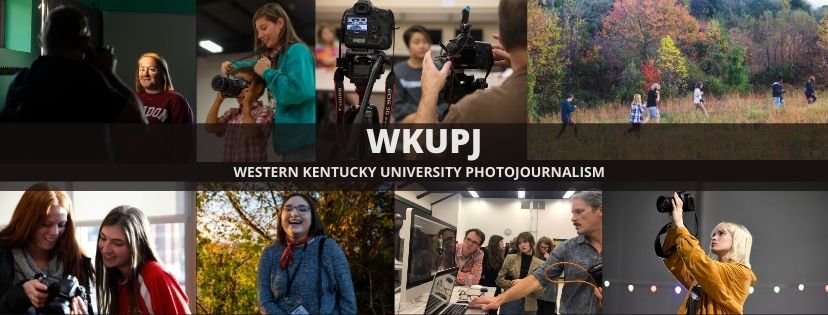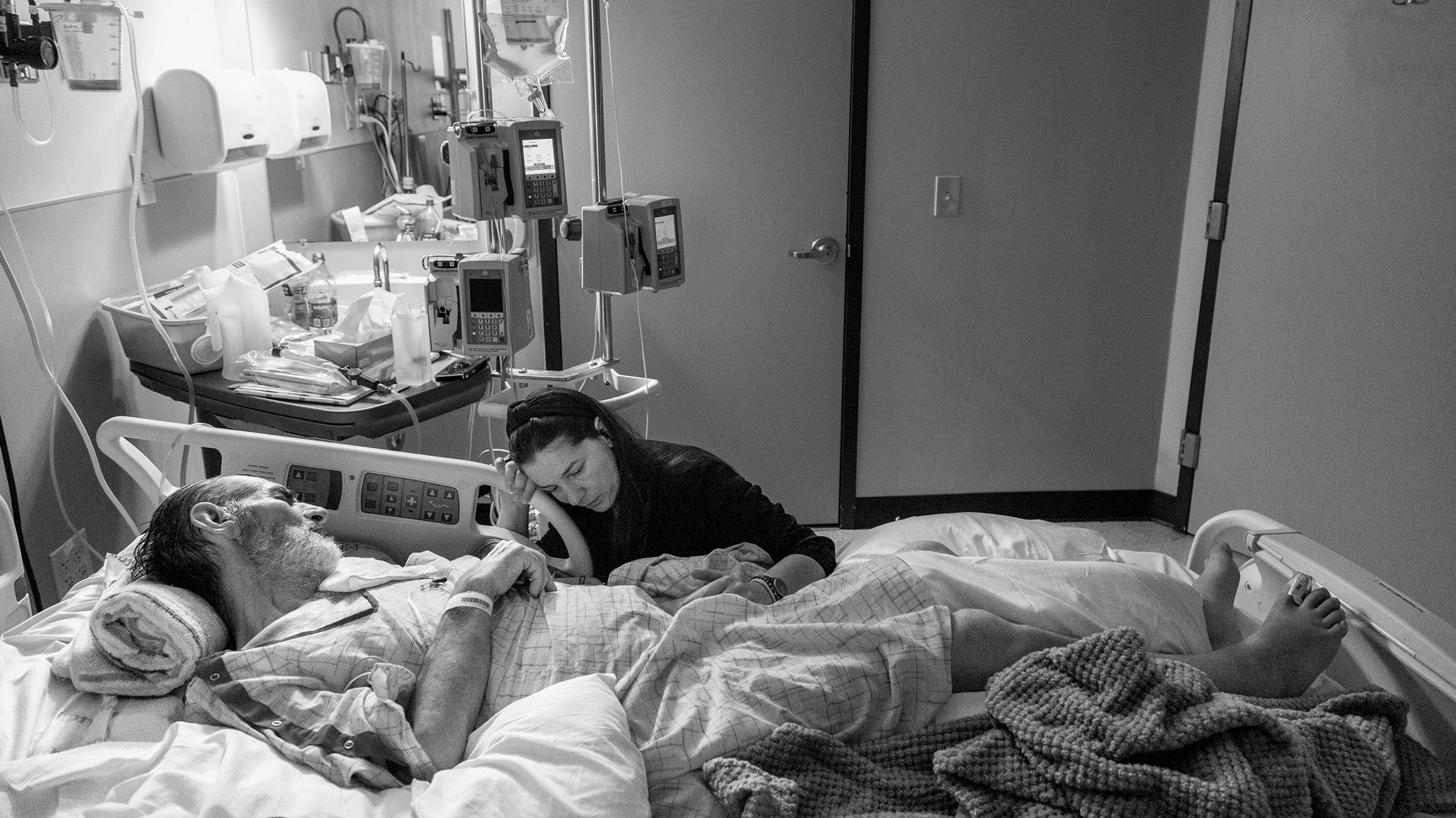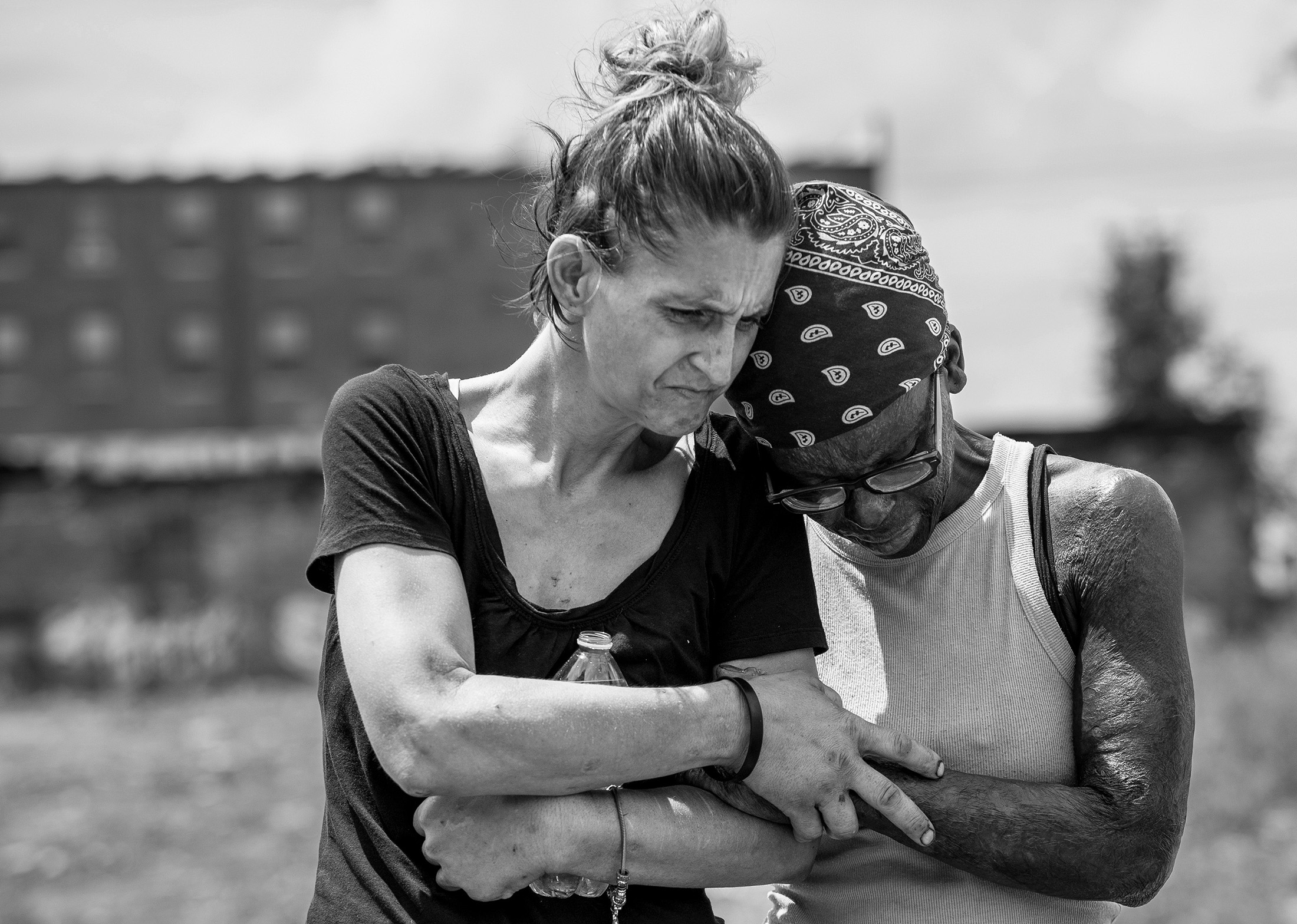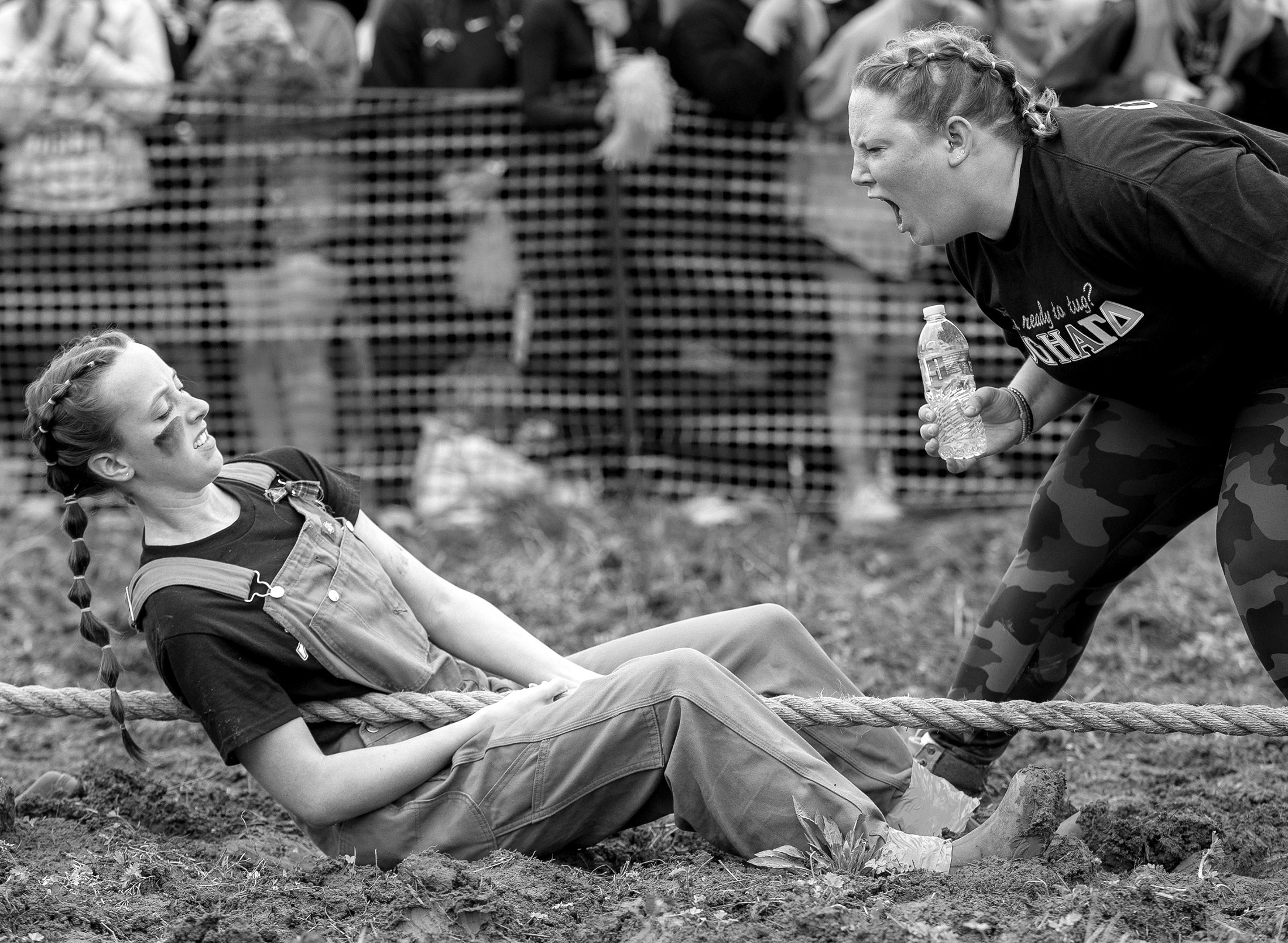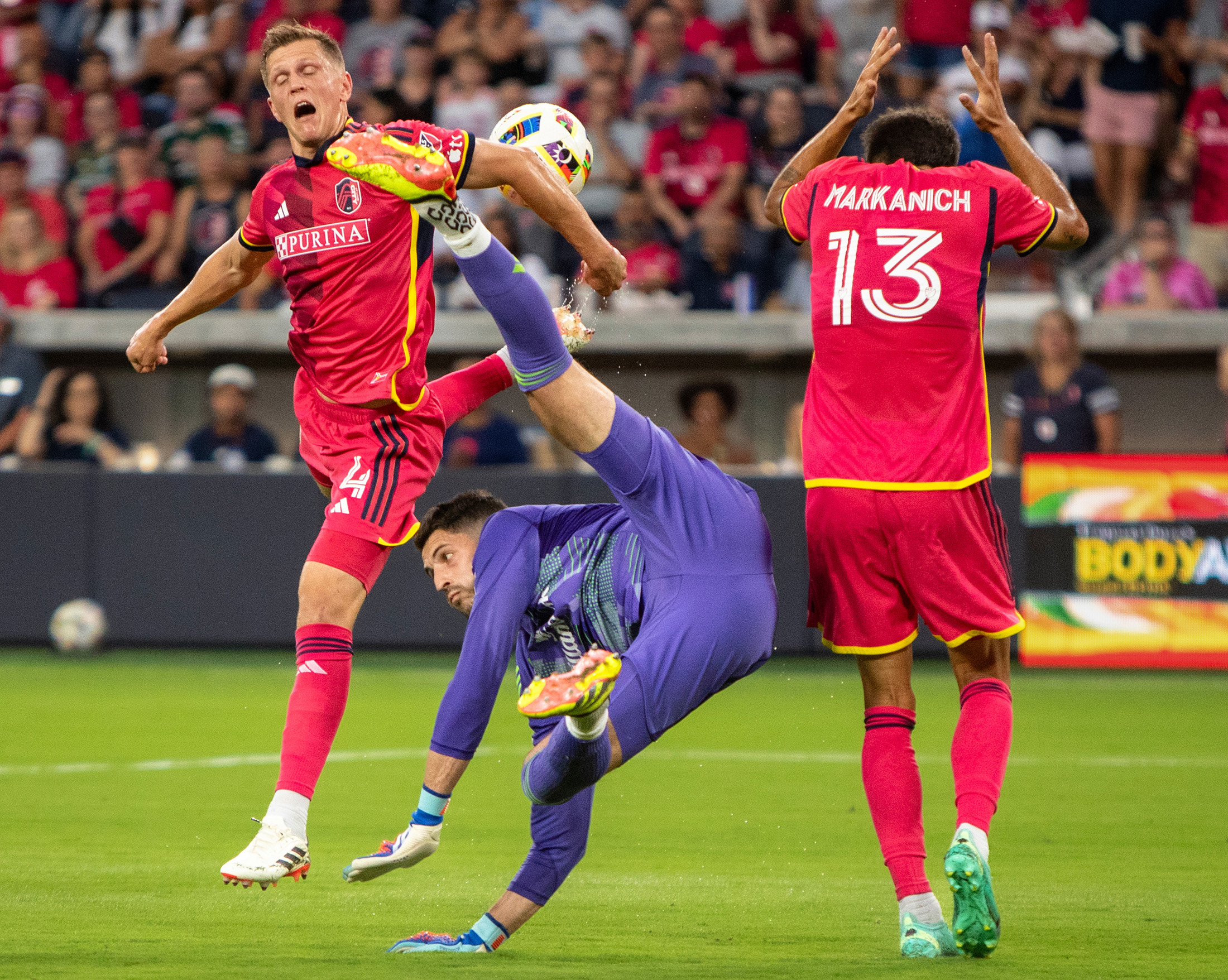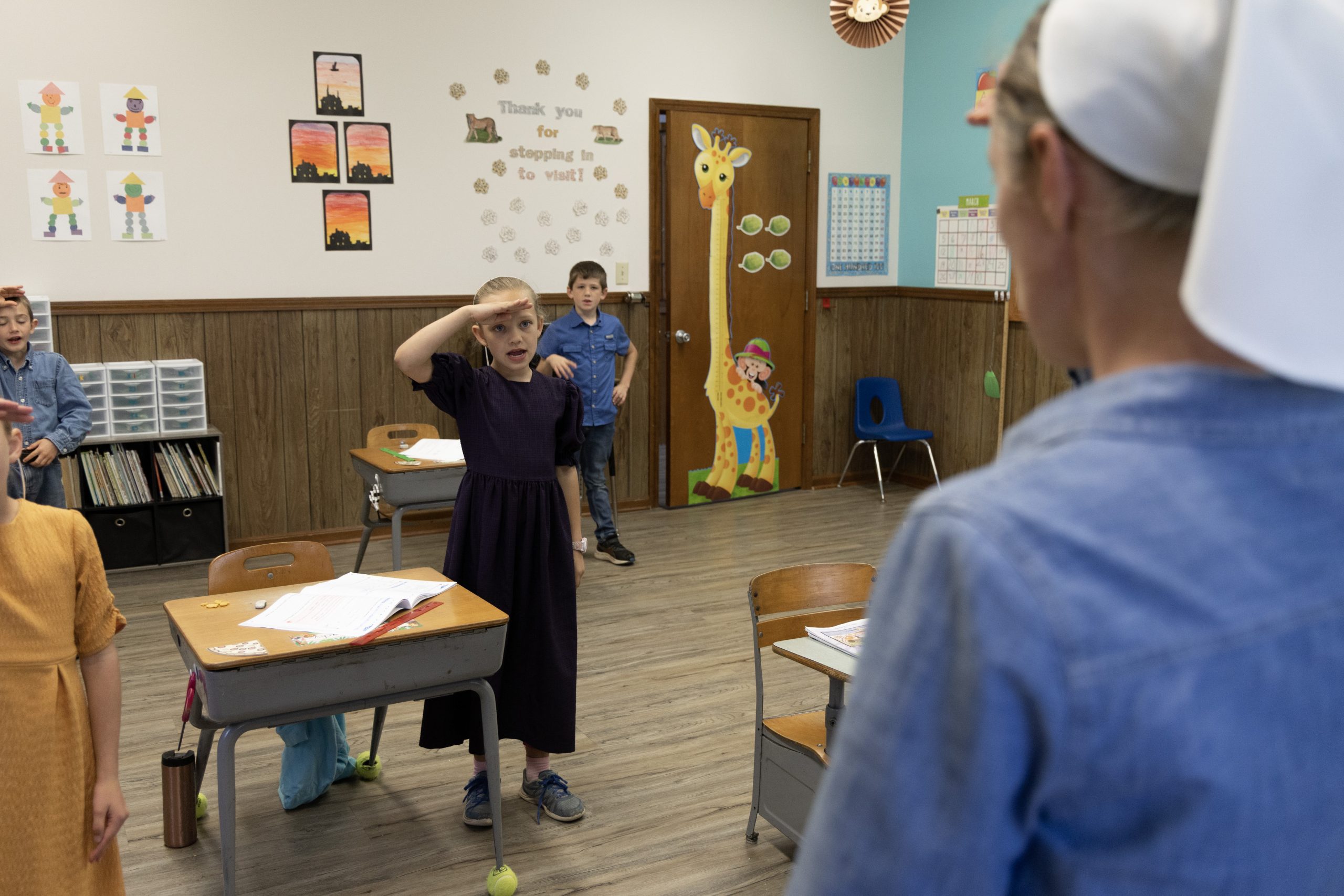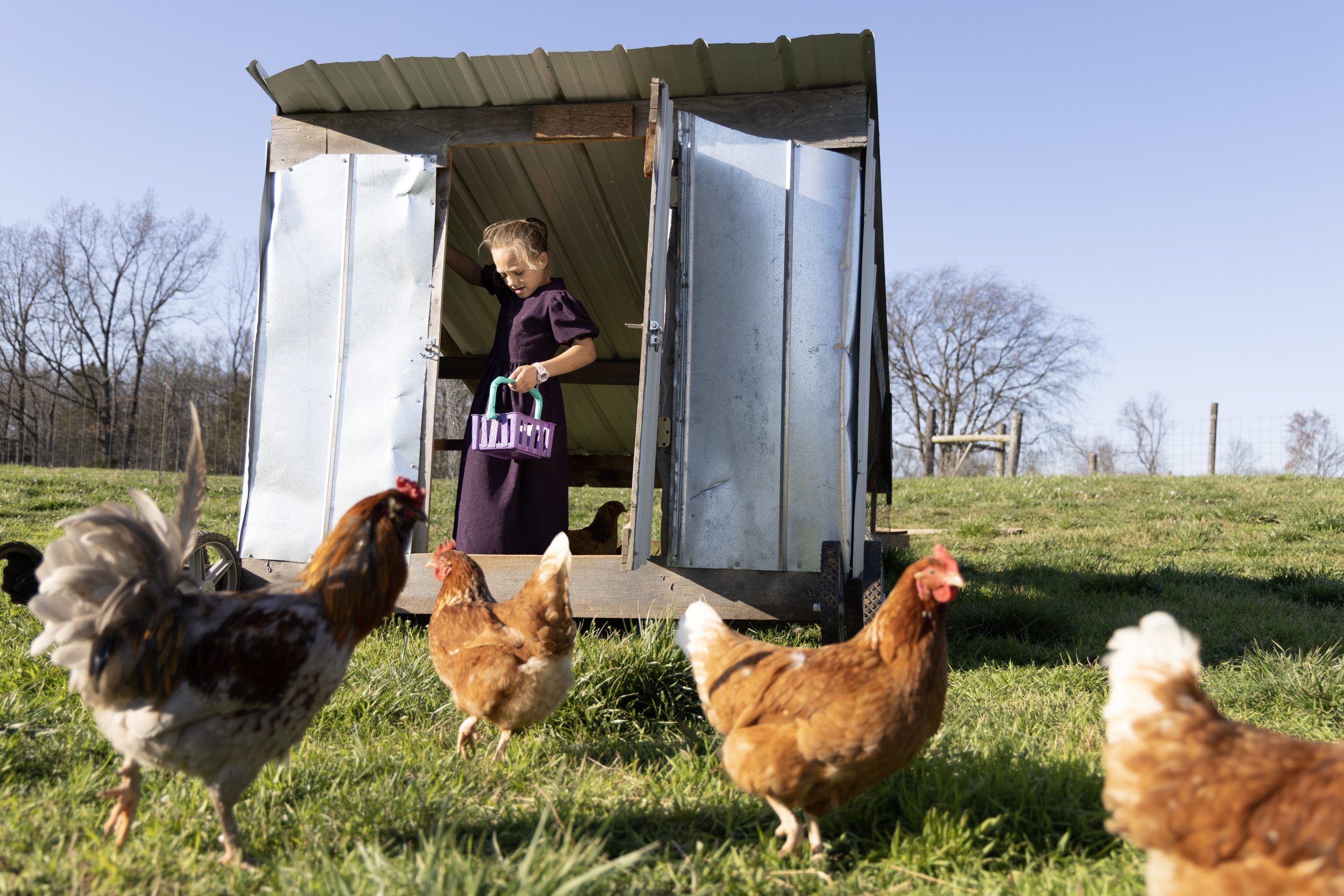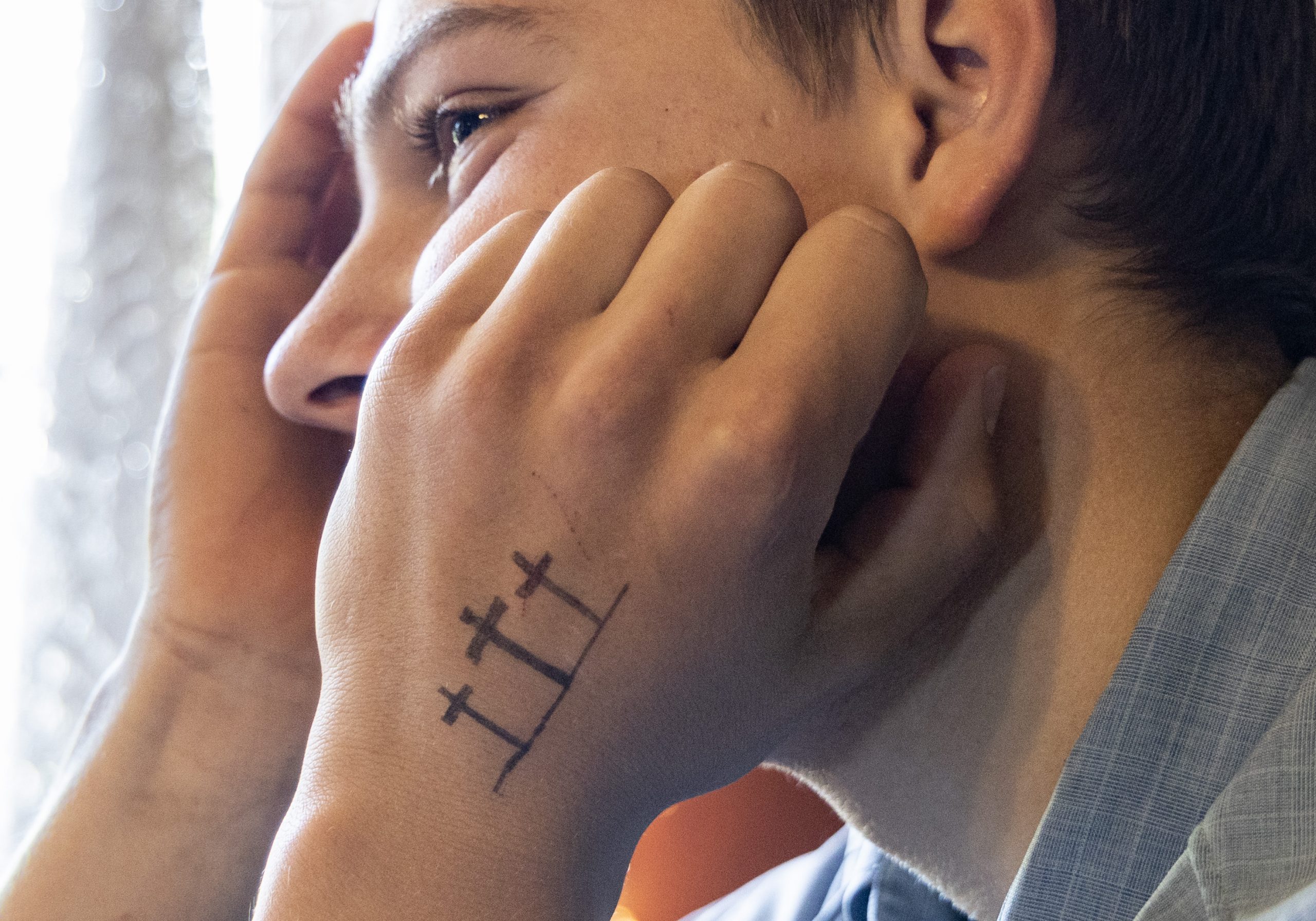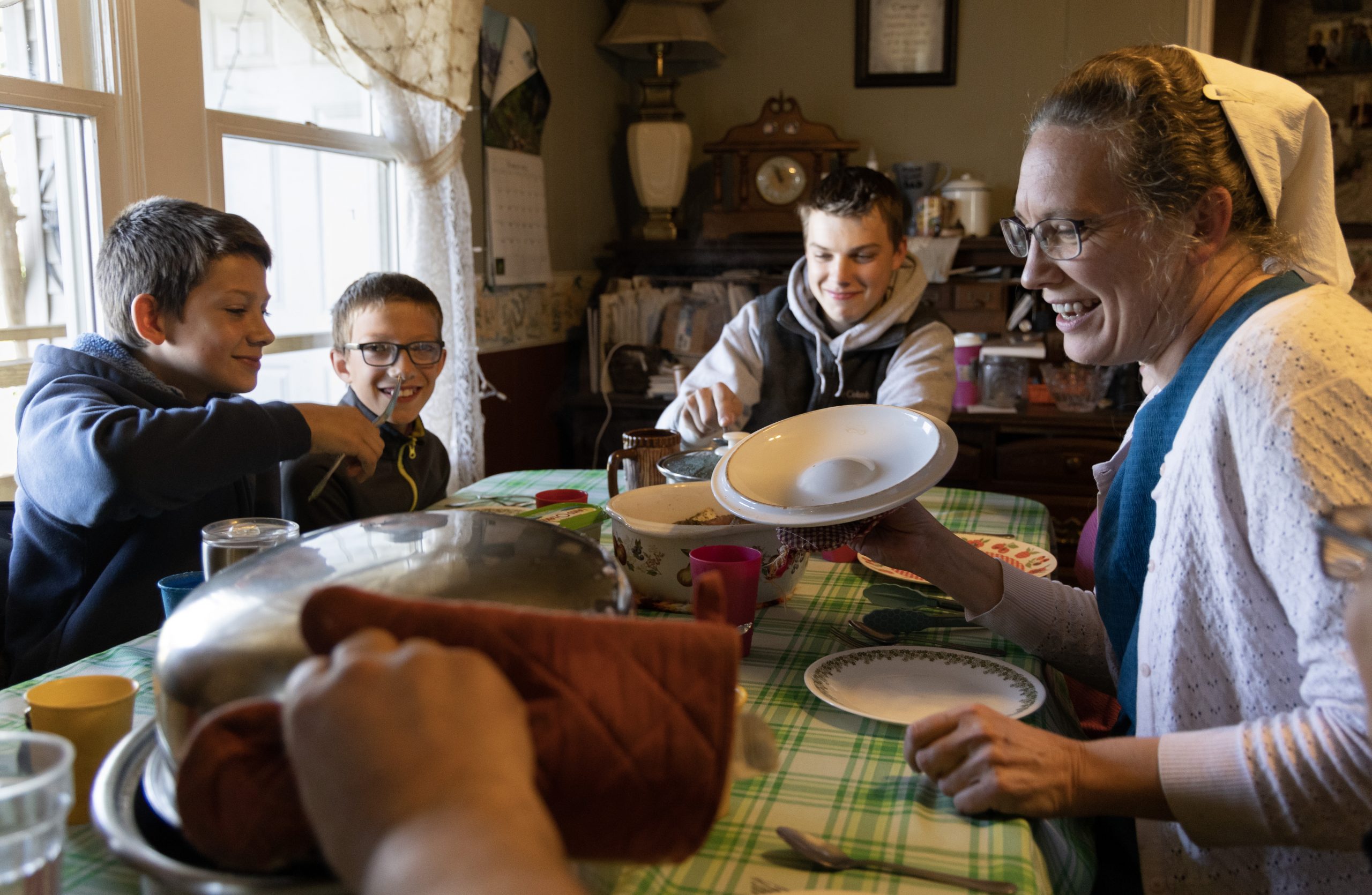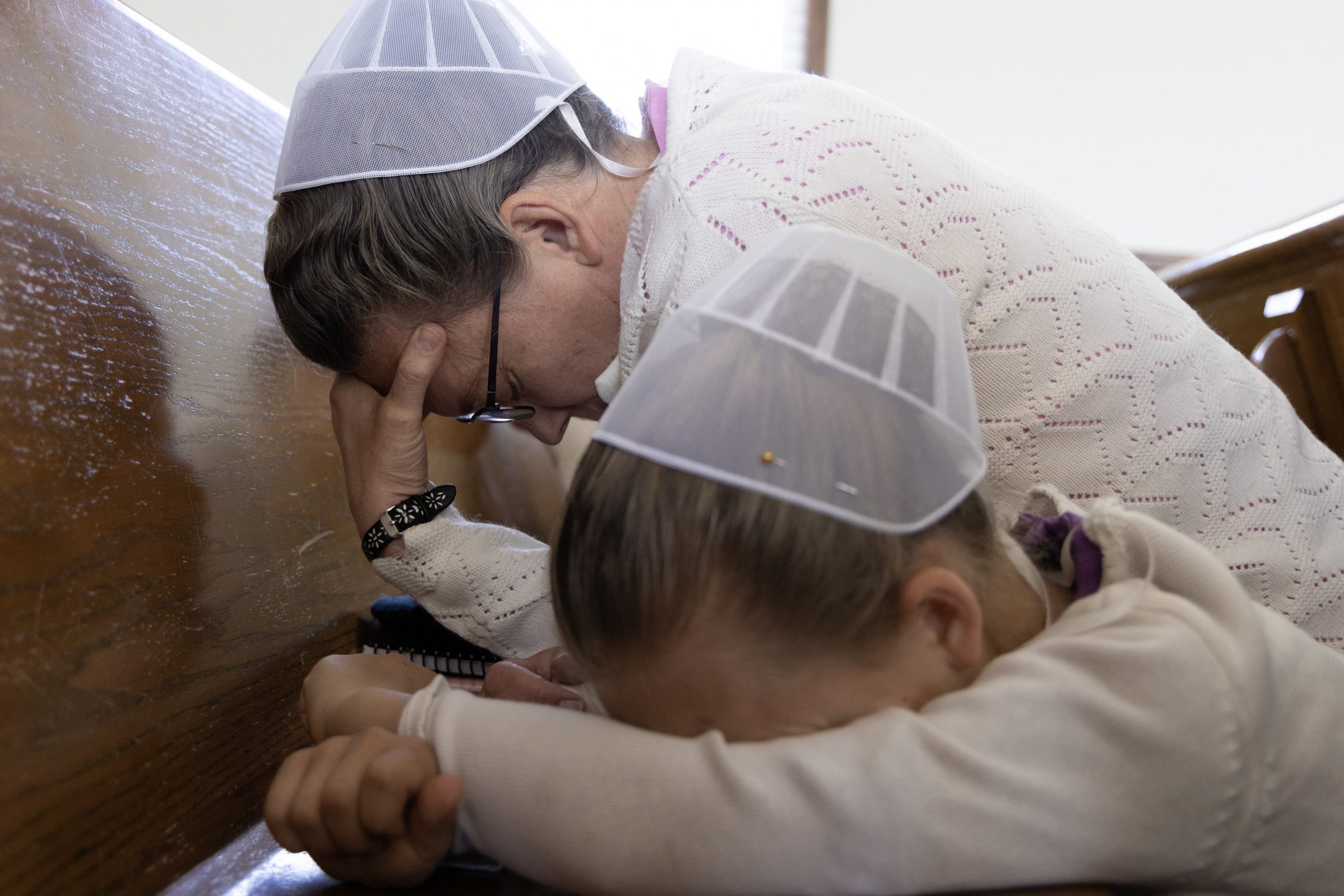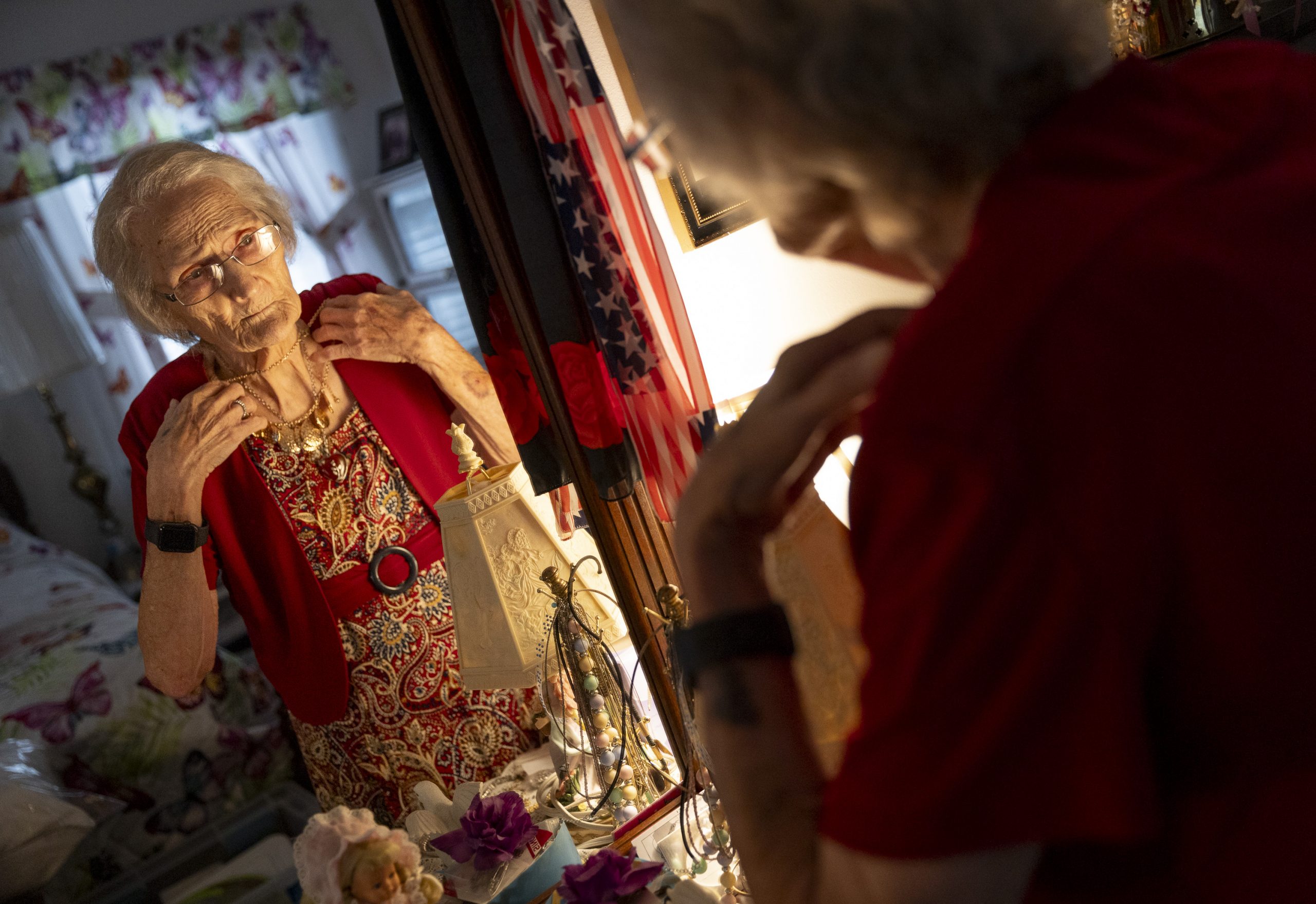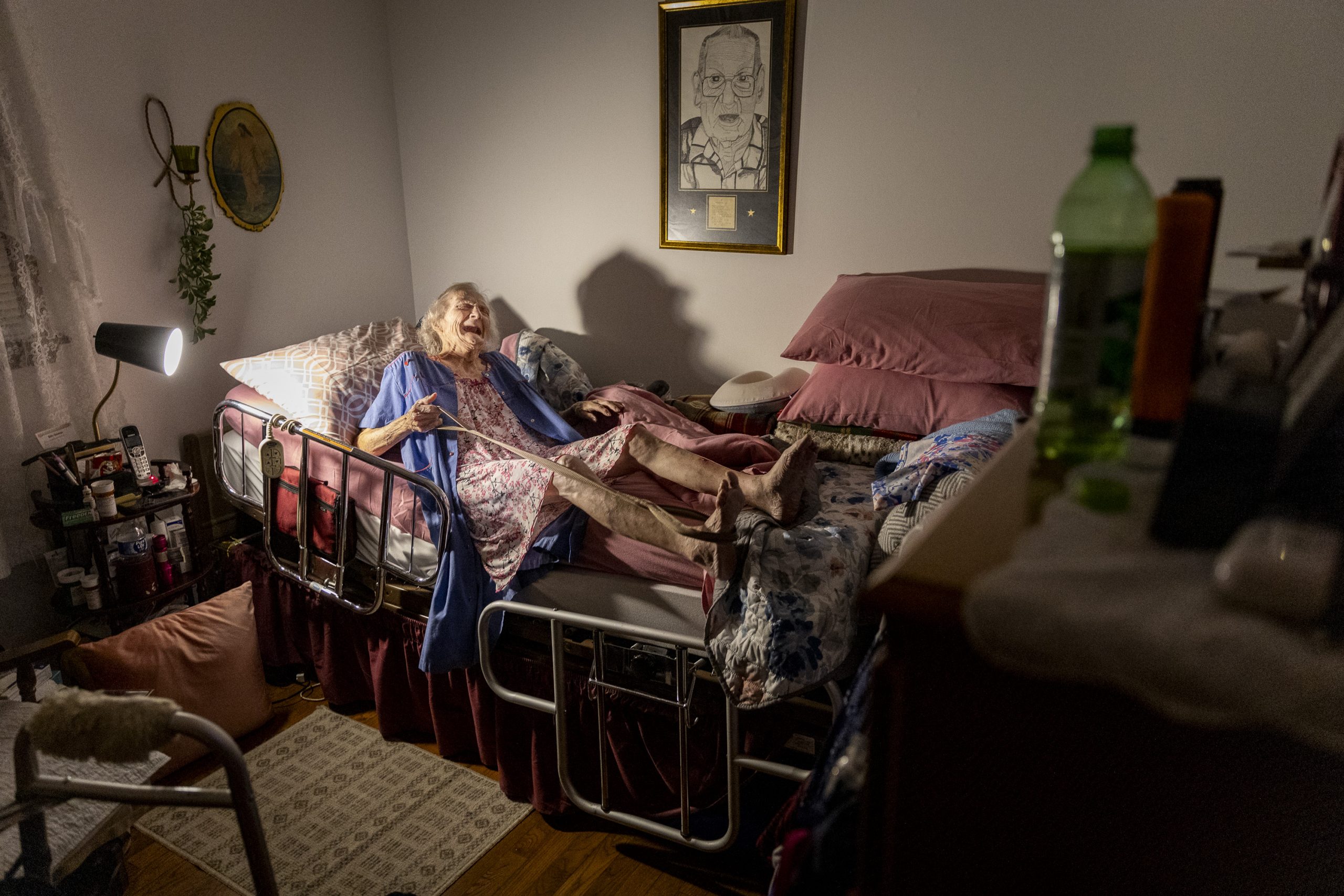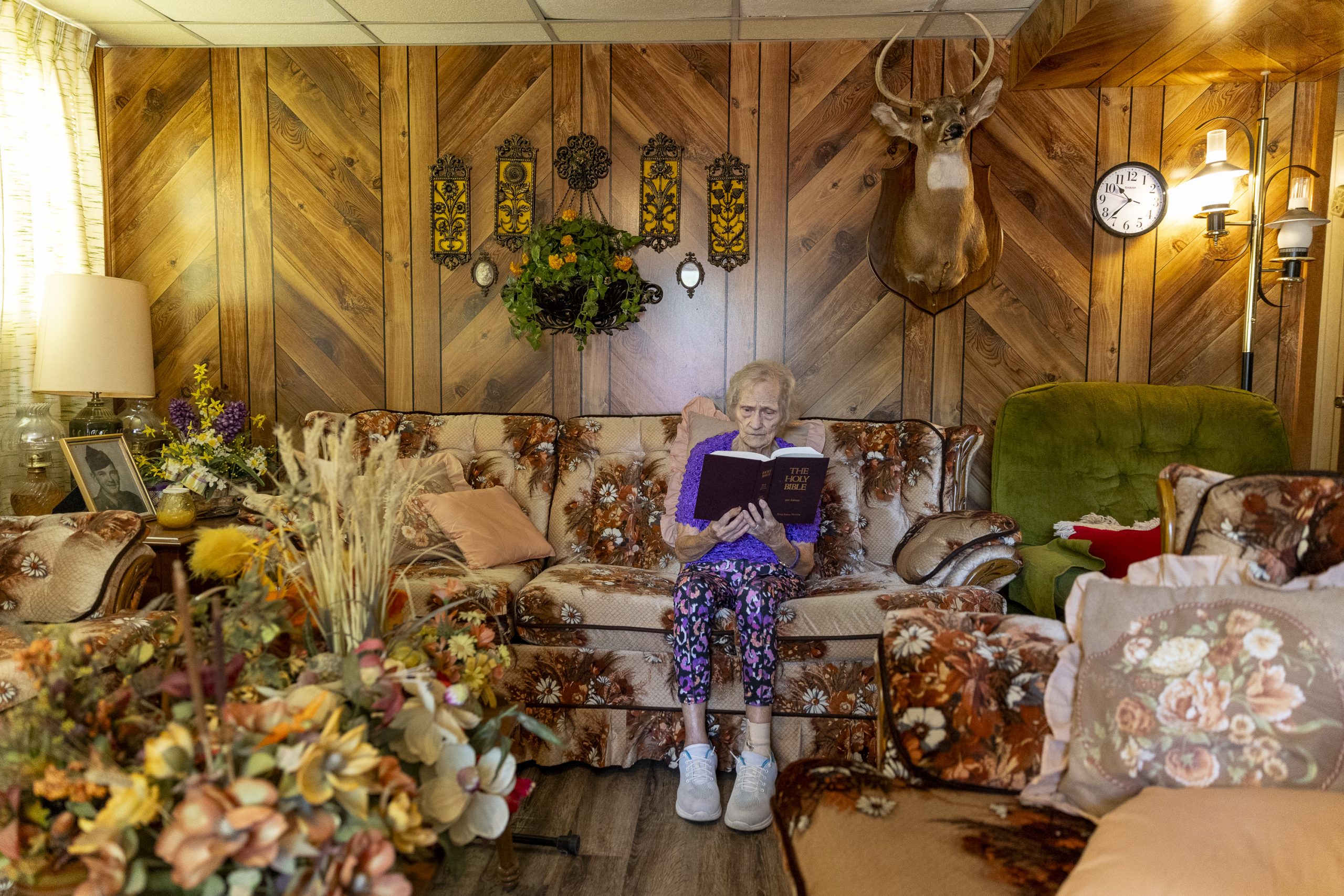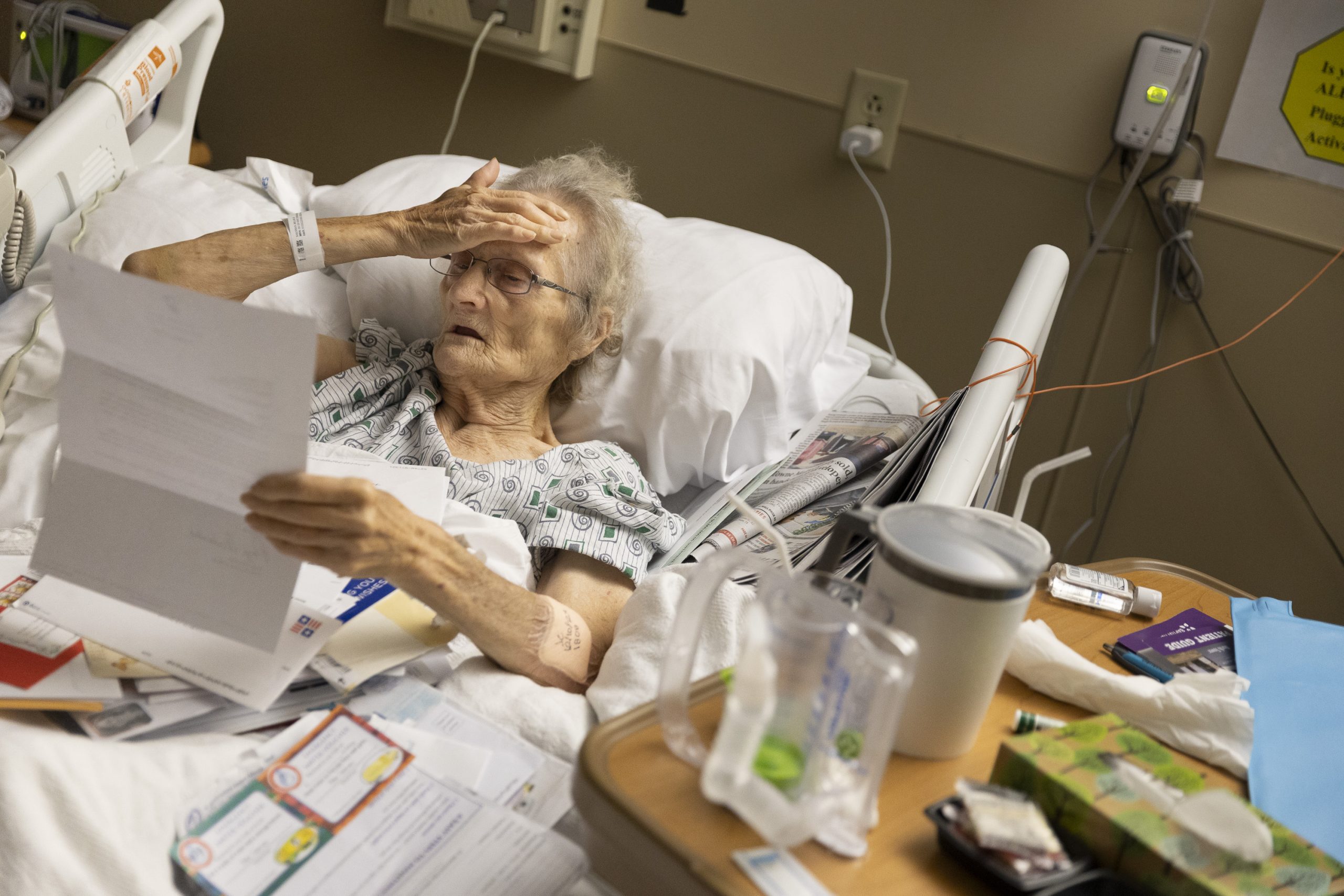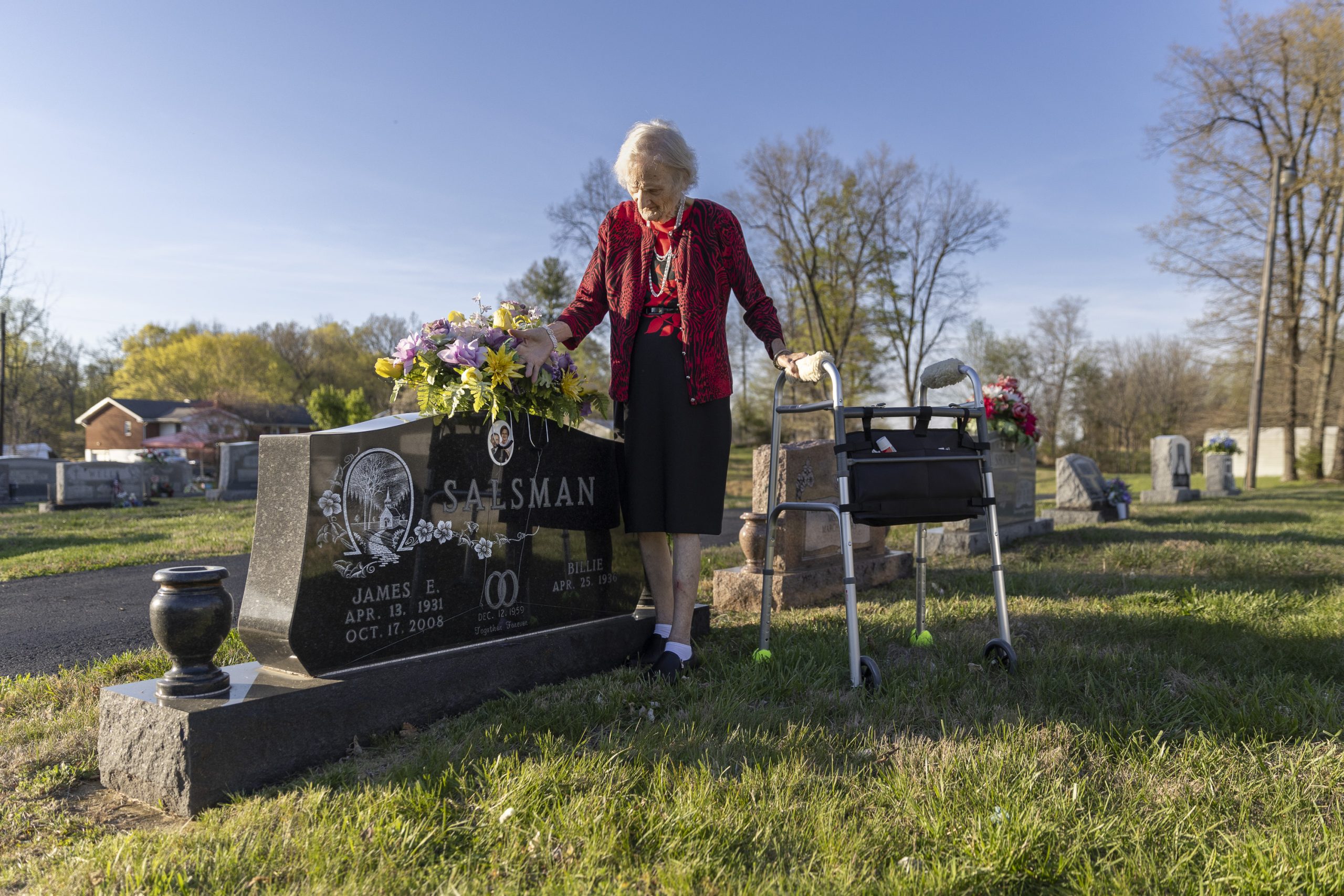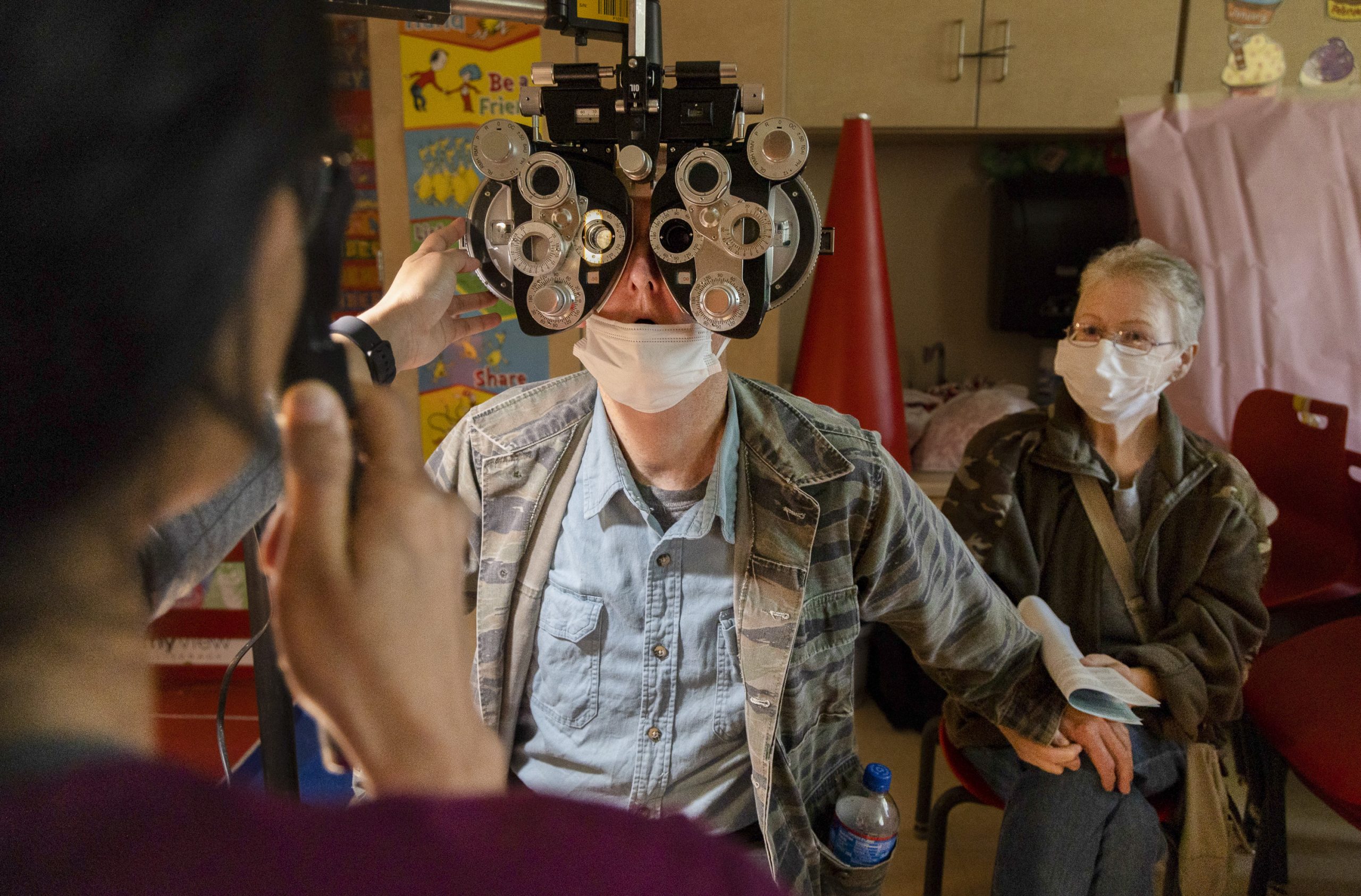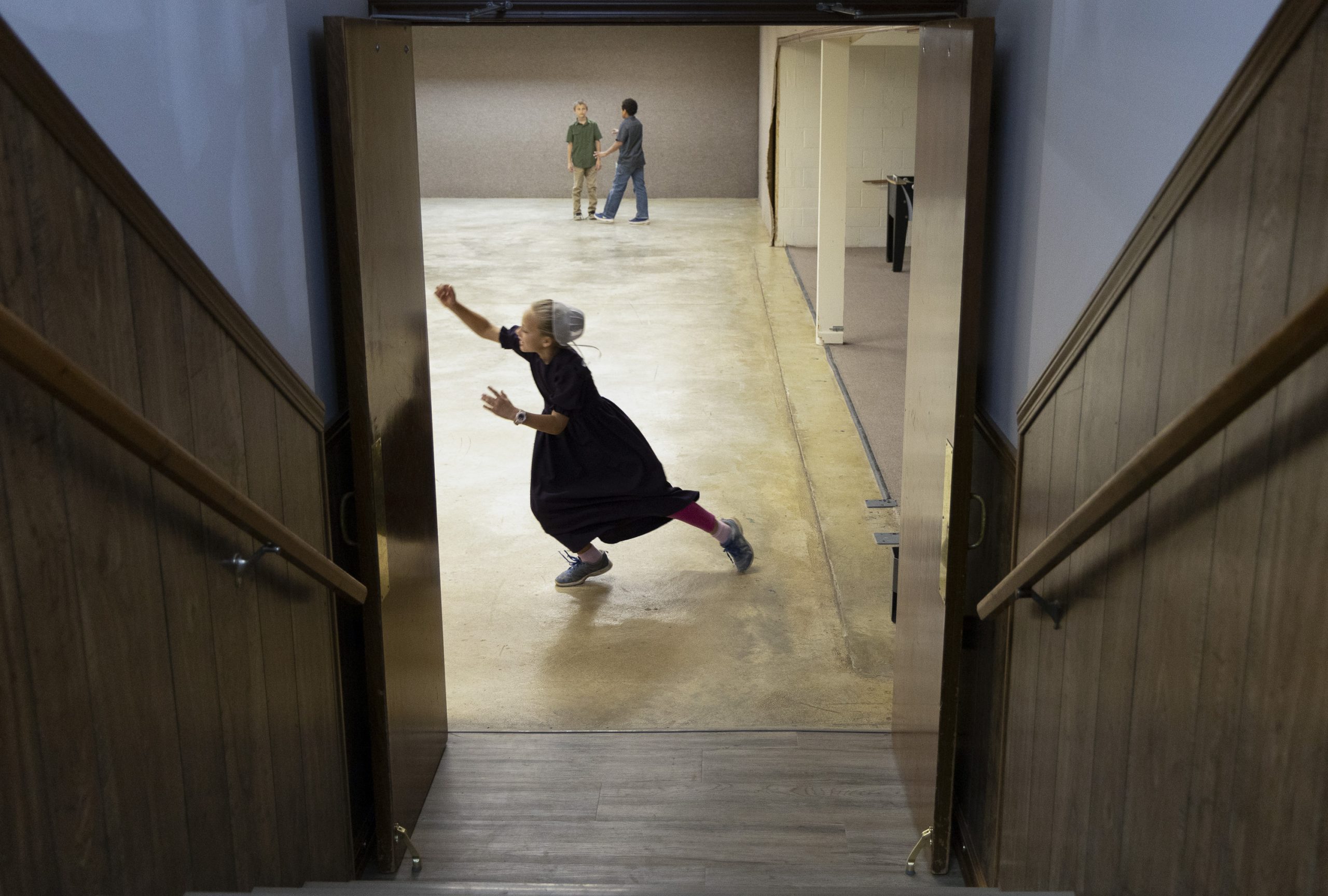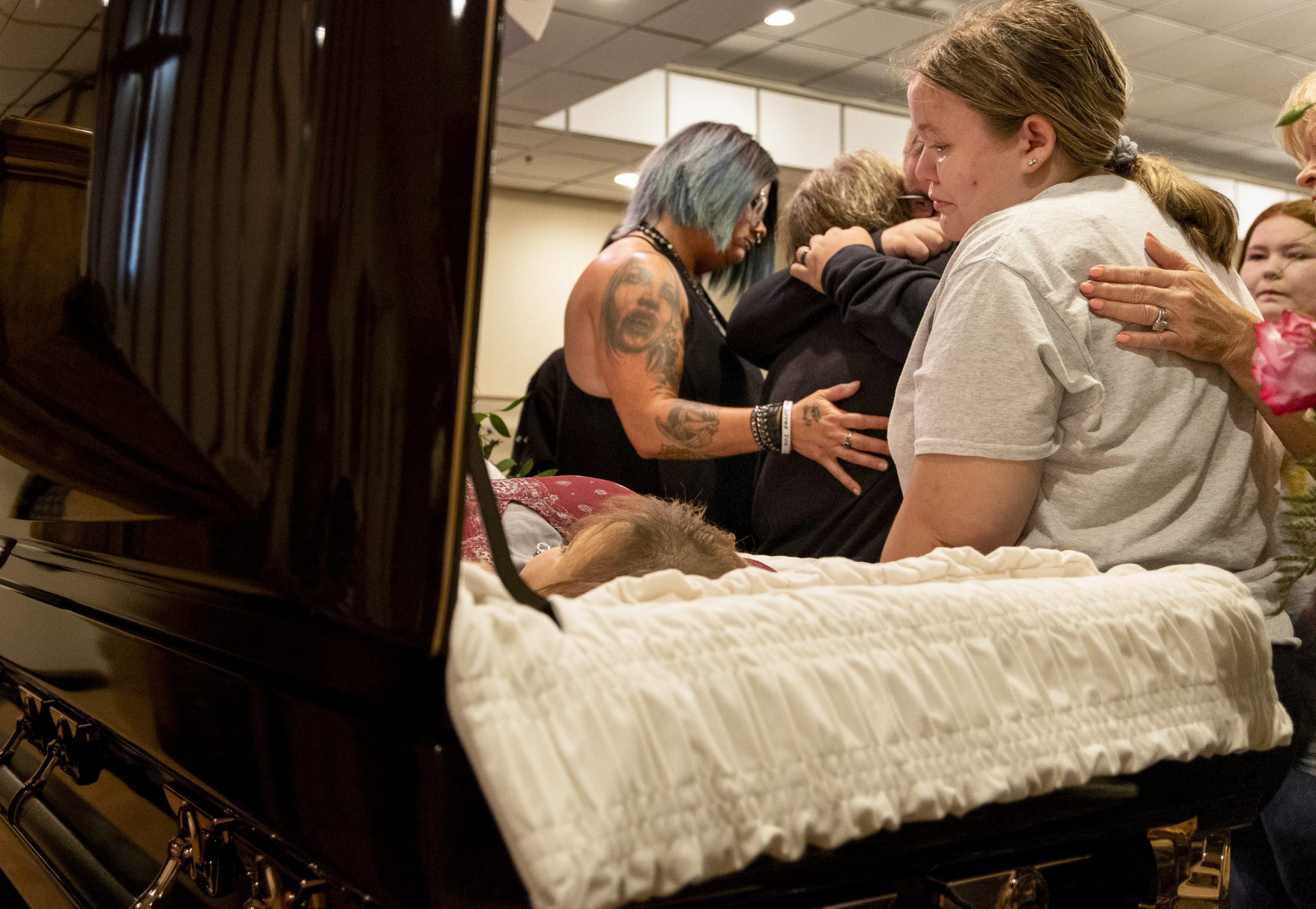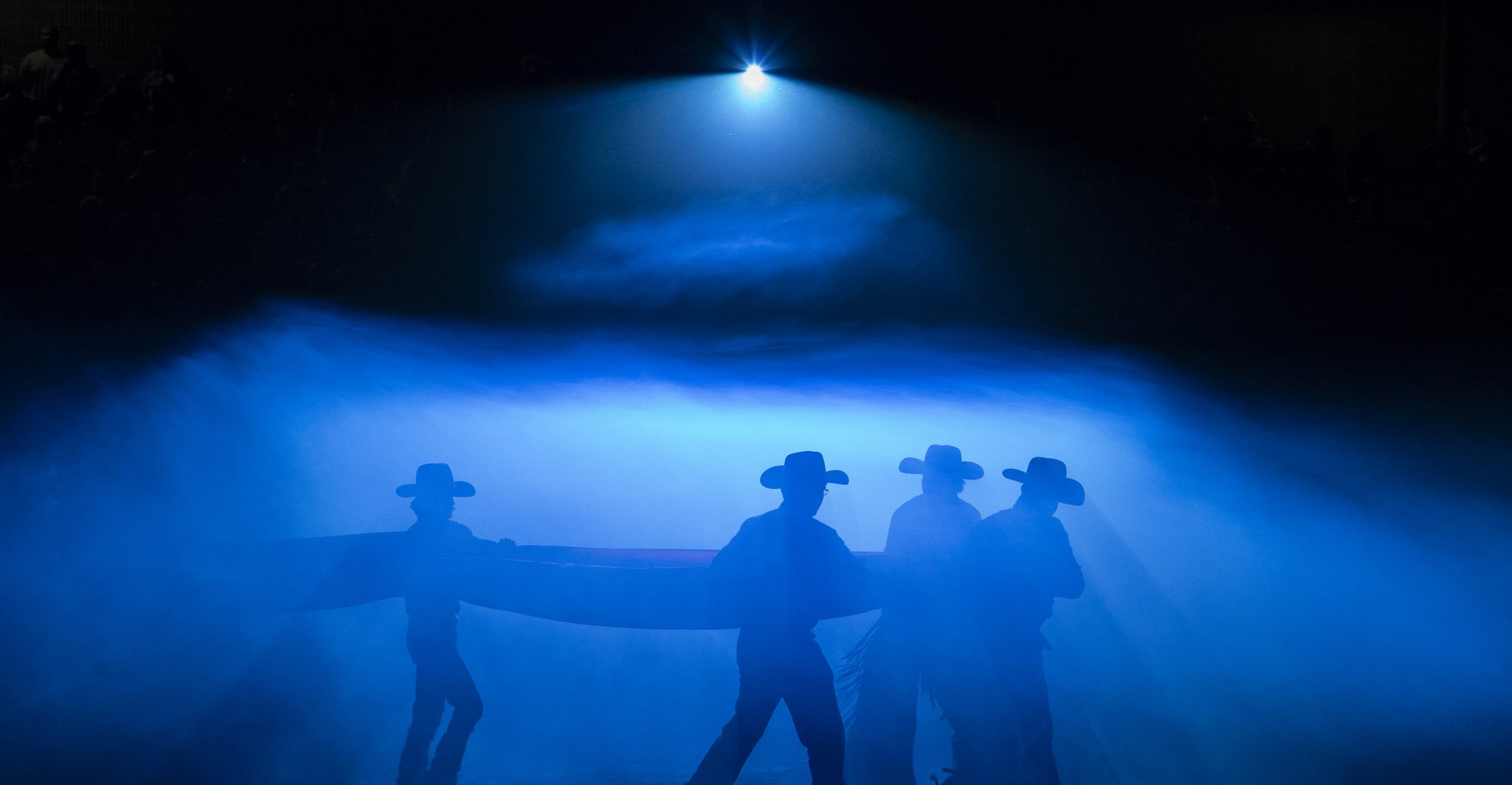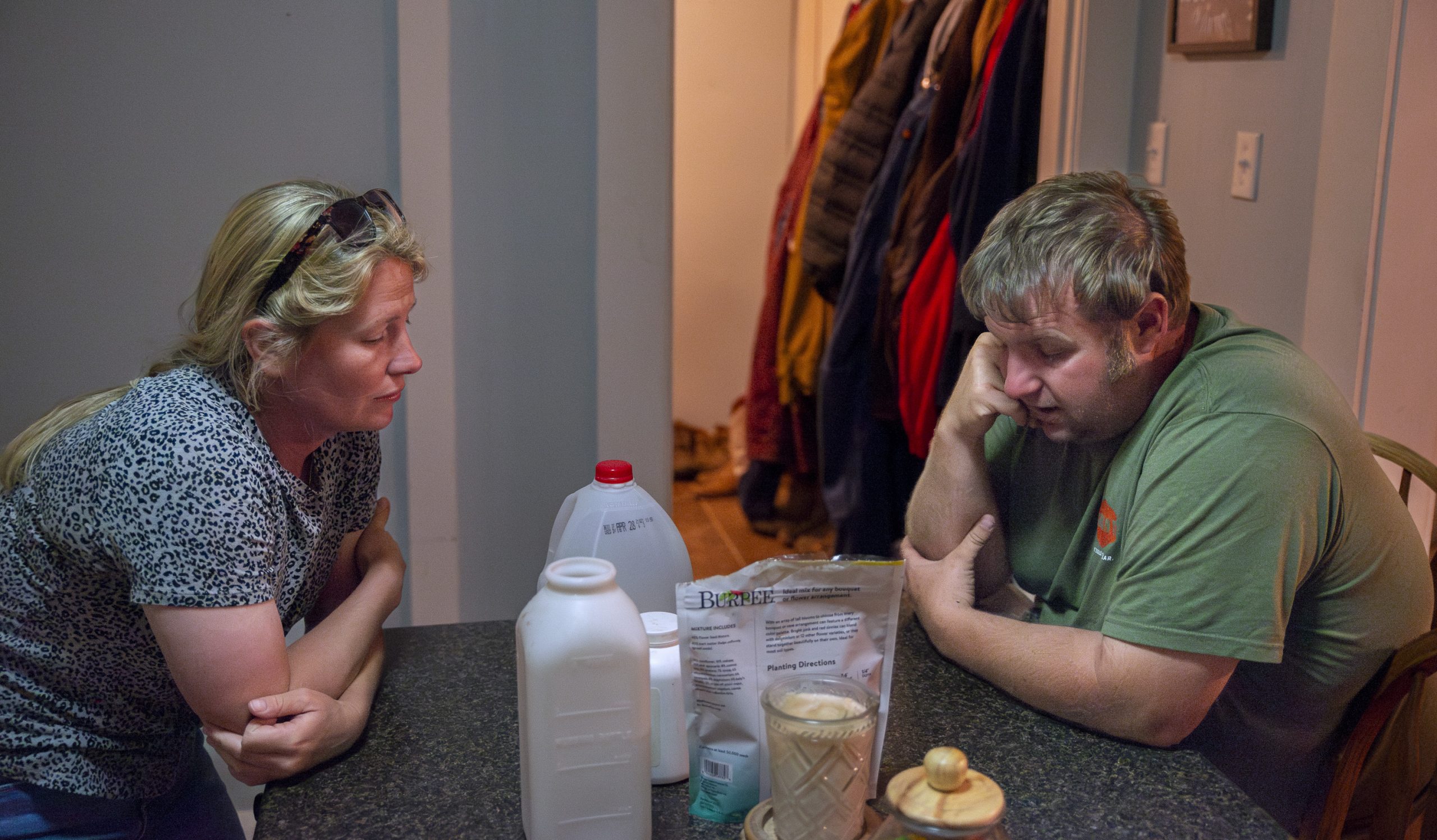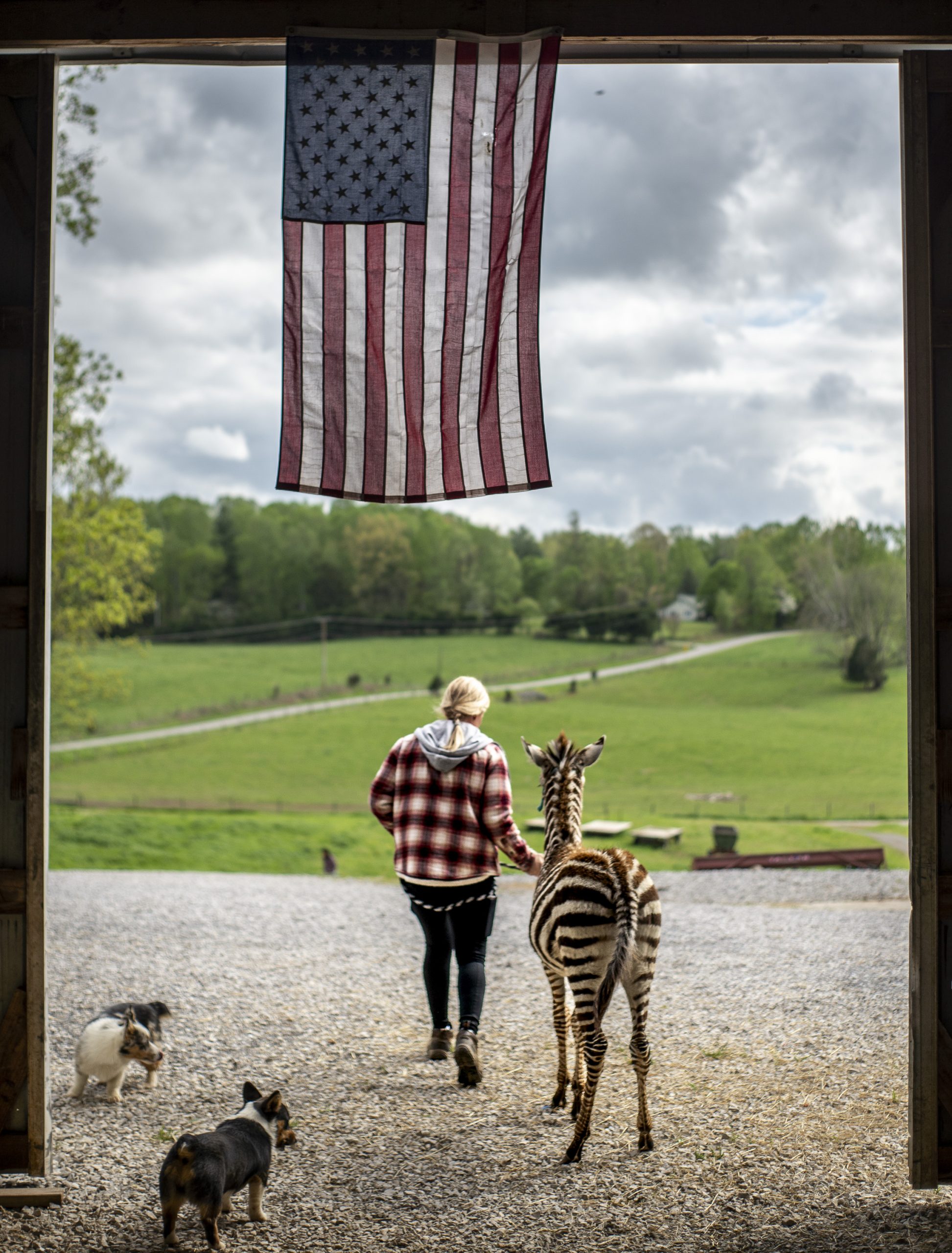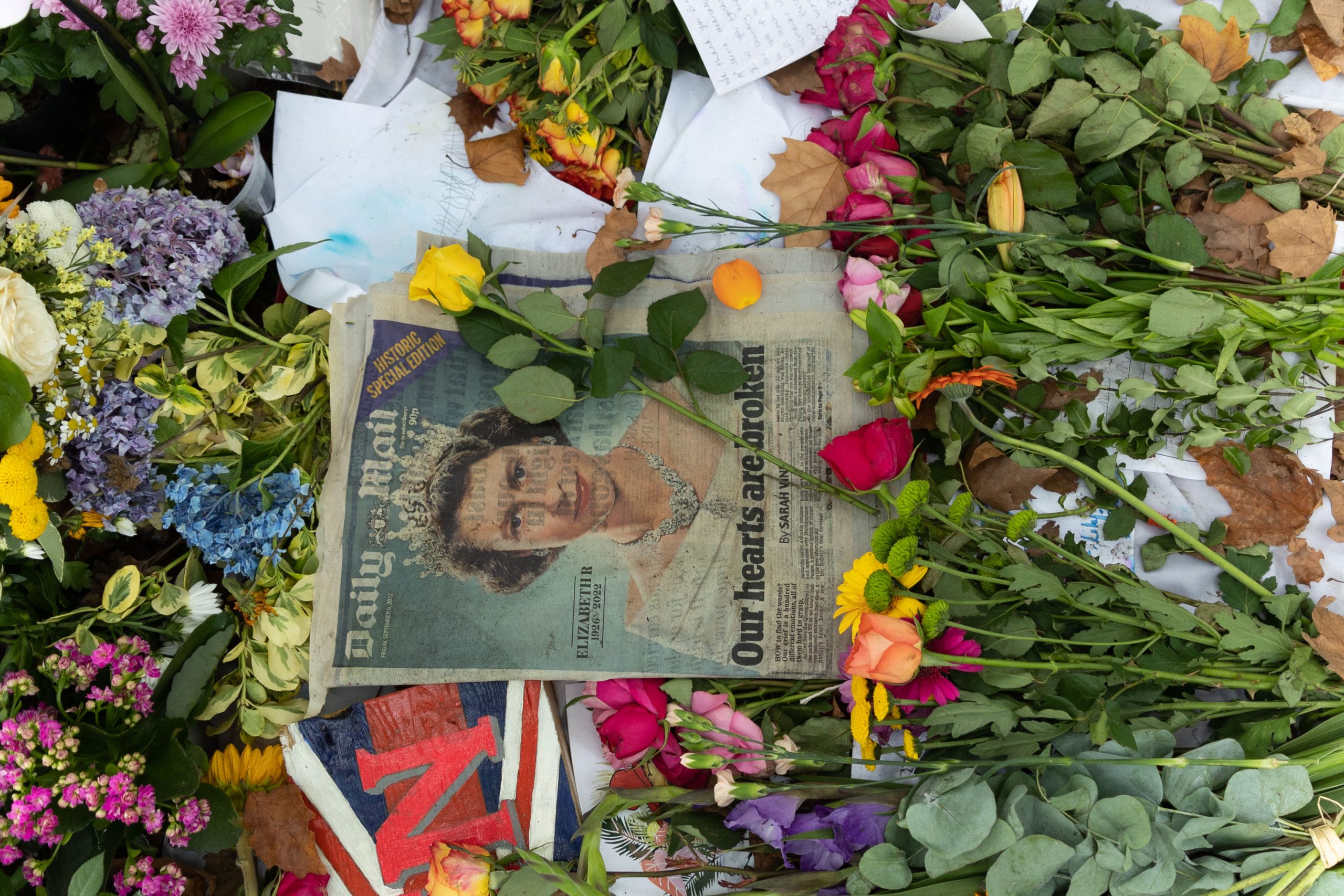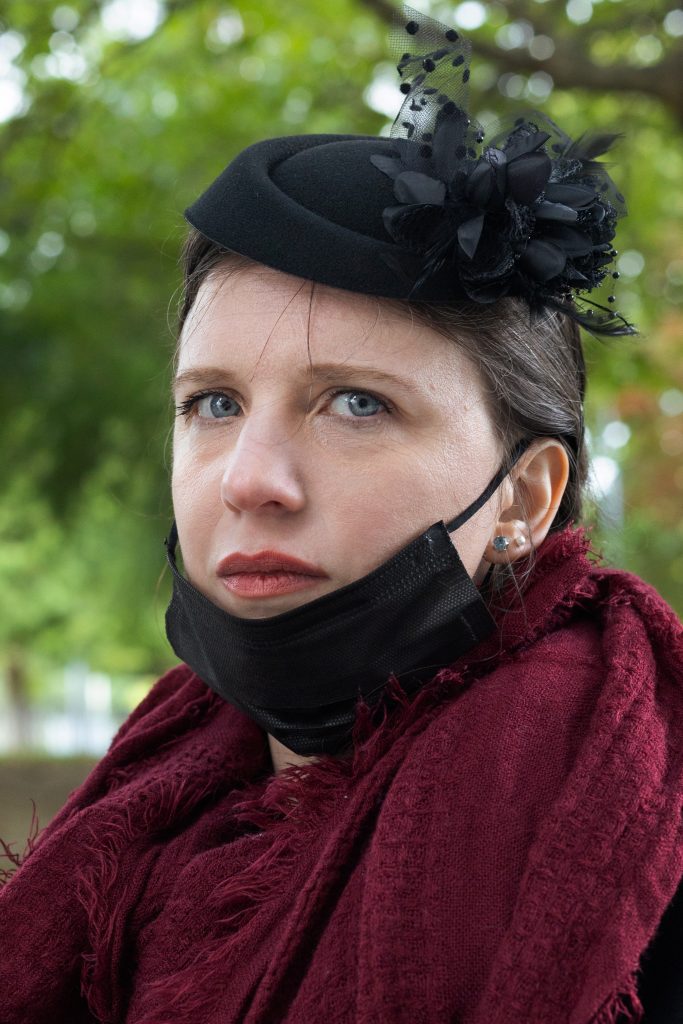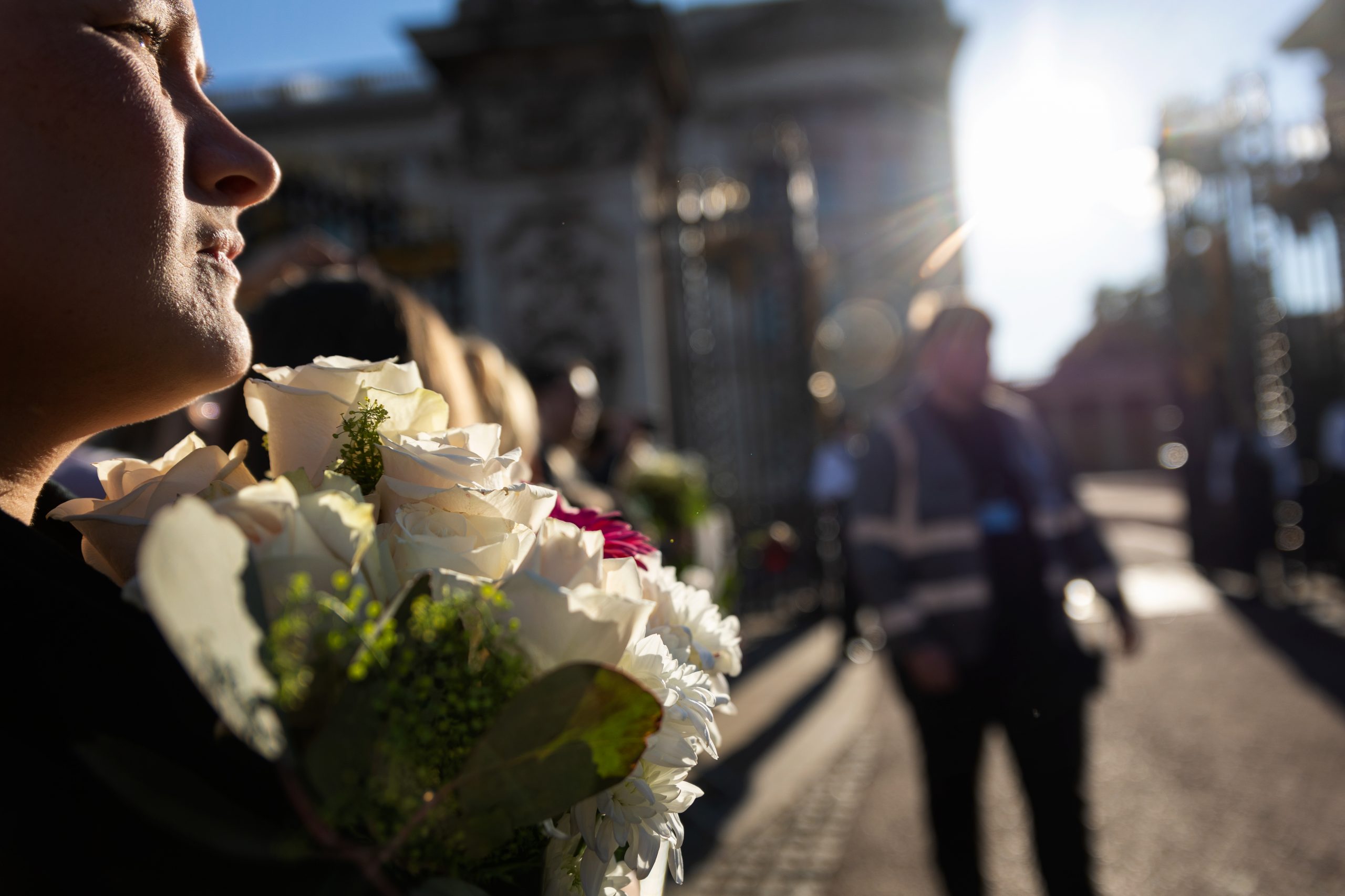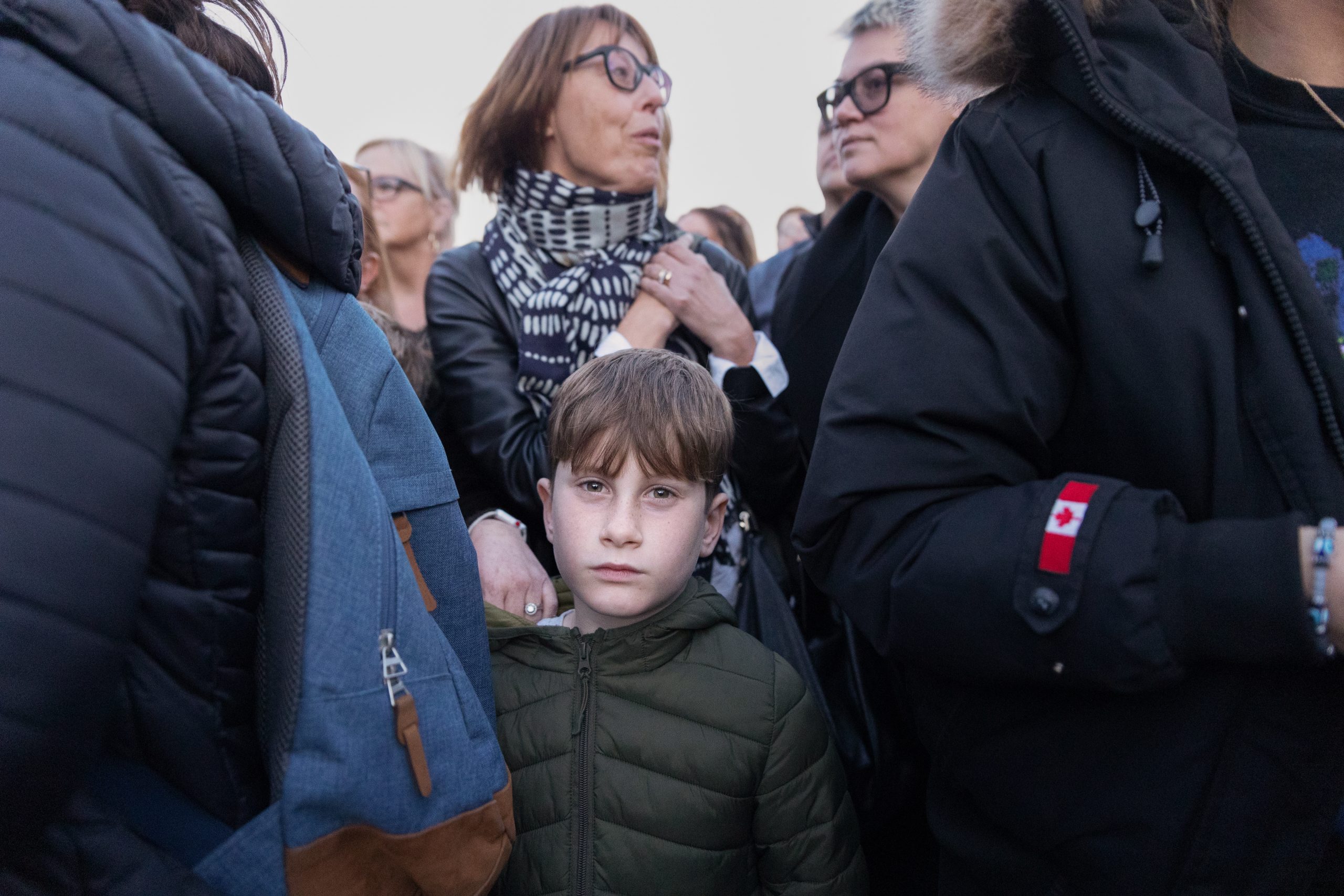A junior transfer student from Chicago, Dominic Di Palermo has spent his past year in WKU’s Visual Journalism and Photography program, becoming involved in student publications and and trying to make the most of his time. Di Palermo secured an internship at the St. Louis Post Dispatch during the summer of 2024 where sports drove his passion. Here are a few images from stories and assignments Di Palermo worked on this past year.
Dijana Muminovic spends time with her father Kemal Muminovic in a hospital room at the Medical Center in Bowling Green, Ky. on Friday, April 19, 2024. Kemal Muminovic who was battling Stage 4 gastric cancer passed away the following Wednesday, April 24.
Jamie Mueller (left), who’s been homeless for around six months, and Corinthians Robinson, who’s been homeless for almost five months, embrace during a memorial service for their friend John Paul “JP” Yarborough hosted by New Life Evangelistic Center on the train tracks where he was struck at the intersection of Florida Street and North 1st Street in St. Louis, Mo. on Wednesday, July 17, 2024. Mueller claimed to have been the first person to find his body earlier that week. “I knew he was was struggling,” Mueller said. “I definitely did. As we all are.”
Alpha Gamma Delta freshman Addileigh Wofford, left, pulls the rope while her coach Alumn Baylee Lackey screams at her during the annual WKU Greek Week “Tug” competition on Friday, April 19, 2024.
Portland Timbers goalkeeper James Pantemis (41), middle, dives past St. Louis City SC’s defender Anthony Markanich (13), right, and defender Joakim Nilsson (4) to save a goal during the first half of a game at CityPark stadium in St. Louis, Mo. on Saturday, June 8, 2024.
